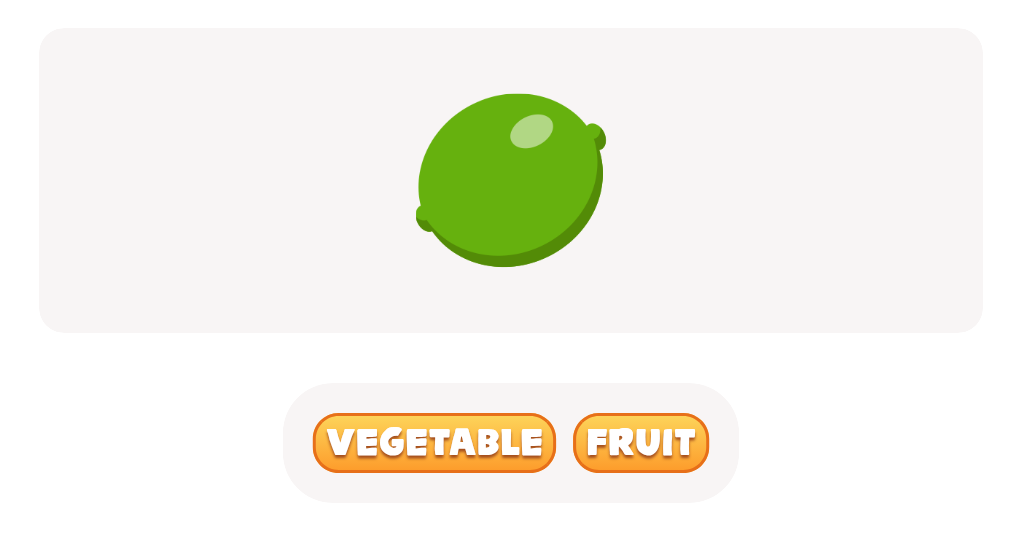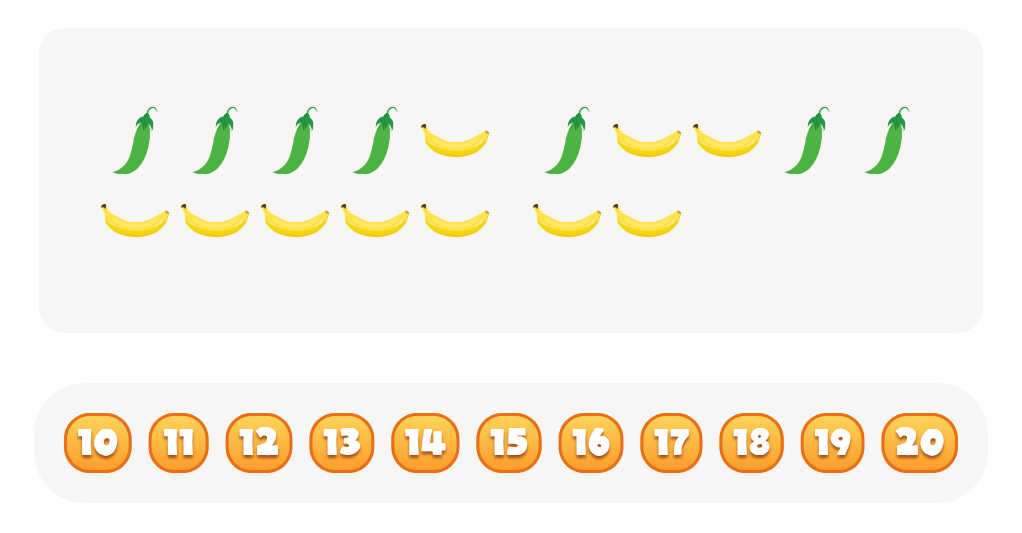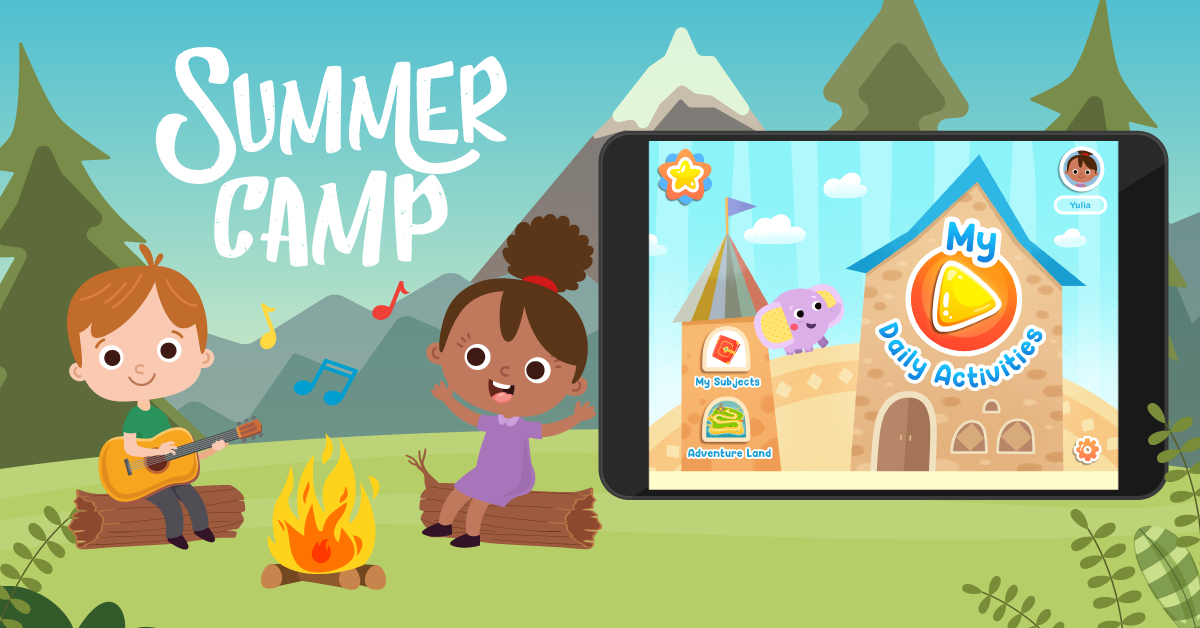Normal Plants Worksheets for Ages 3-7
21 filtered results
-
From - To
Explore our engaging Normal Plants Worksheets designed for children aged 3 to 7! Perfect for introducing young learners to the wonders of plant life, these worksheets incorporate fun activities that promote essential skills such as recognition, observation, and creativity. From coloring exercises to simple identification tasks, our resources encourage curious minds to discover the fascinating world of plants. Each worksheet is tailored to suit the developmental needs of early learners, making learning both enjoyable and effective. Visit us today for printable worksheets that inspire a love for nature and encourage teamwork and exploration in and out of the classroom!


Saguaro Cactus Life Cycle Worksheet


Young and Adult Plants Worksheet


Rainforest Plants Worksheet


Pond Plant Adaptations


The Cactus Plant Worksheet


Plants and Sunlight: Part 2 Worksheet


Plants and Sunlight: Part 1 Worksheet


Types of Flowering Plants Worksheet


Thorns and Spikes Worksheet


Plant Care Worksheet


Plant Fun Worksheet
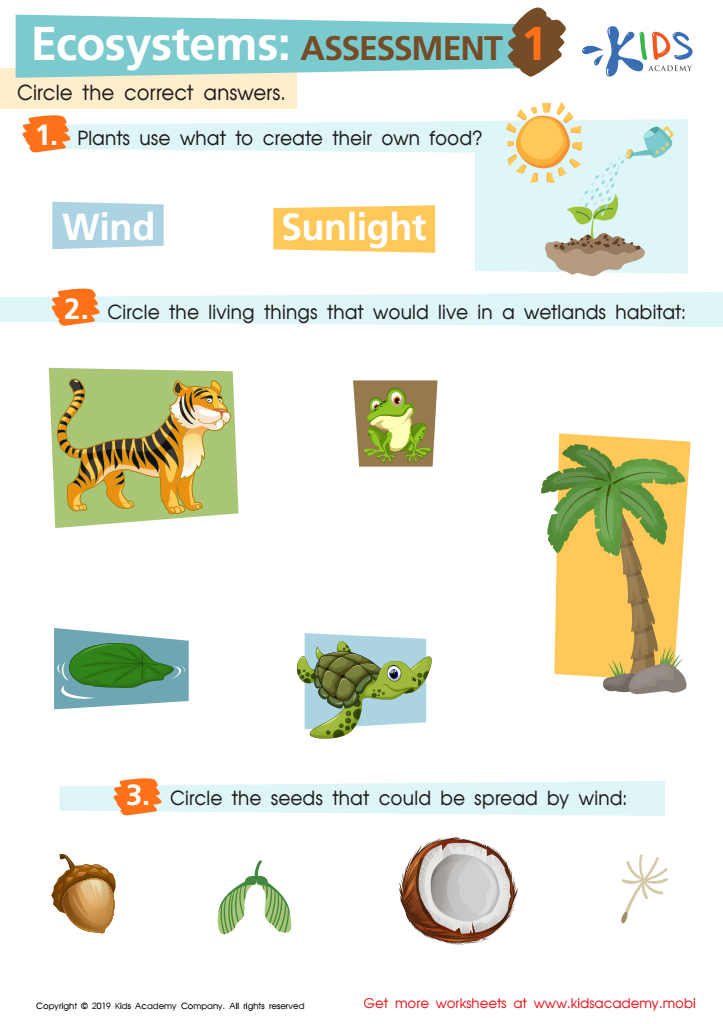

Ecosystems: Assessment 1 Worksheet


Seeds on the Move Worksheet


The Path of Pollinators Worksheet


Rainforest Plants Worksheet


Rainforest Animals Worksheet


Identifying Living or Non–living Worksheet


Where Do They Grow Worksheet


What Do Plants Need to Grow Worksheet


Matching Types of Leaves Printable
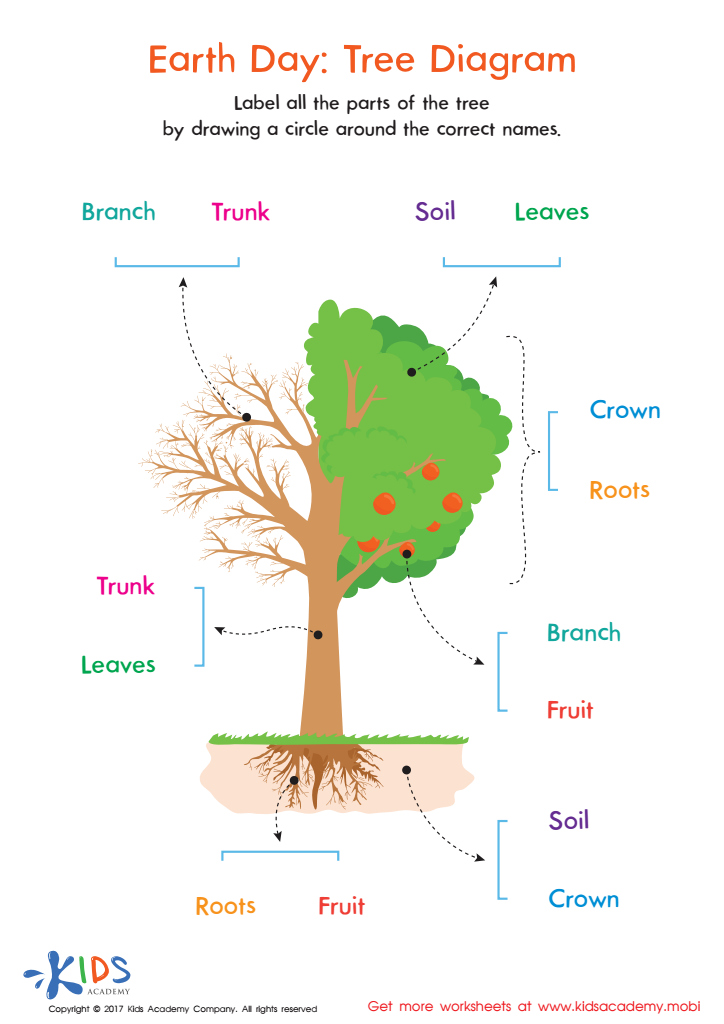

Earth Day: Tree Diagram Worksheet
Parents and teachers should care about normal plants for children aged 3-7 because they play a crucial role in early development and education. Engaging with plants introduces young children to the wonders of nature, fostering curiosity and encouraging exploration of their environment. Interaction with plants enhances sensory experiences—children can touch, smell, and observe different textures and colors, stimulating cognitive and emotional growth.
Furthermore, learning about plants supports essential concepts in science, such as life cycles, ecosystems, and environmental stewardship. Introducing simple gardening activities cultivates a sense of responsibility and empathy as children learn to care for living things. Such hands-on experiences promote motor skills and coordination through activities like digging, planting, and watering.
Moreover, plants have been shown to create a calming atmosphere and reduce stress, contributing positively to children's emotional well-being. Incorporating plant-related activities into teaching curriculum can enhance language skills, as children express their observations and feelings about what they see and experience.
Lastly, fostering an appreciation for plants helps instill a lifelong understanding of ecology and our connection to the natural world, promoting a sense of stewardship for the environment that is crucial for future generations. Engaging with normal plants enriches the educational journey in a holistic and meaningful way.
 Assign to My Students
Assign to My Students

